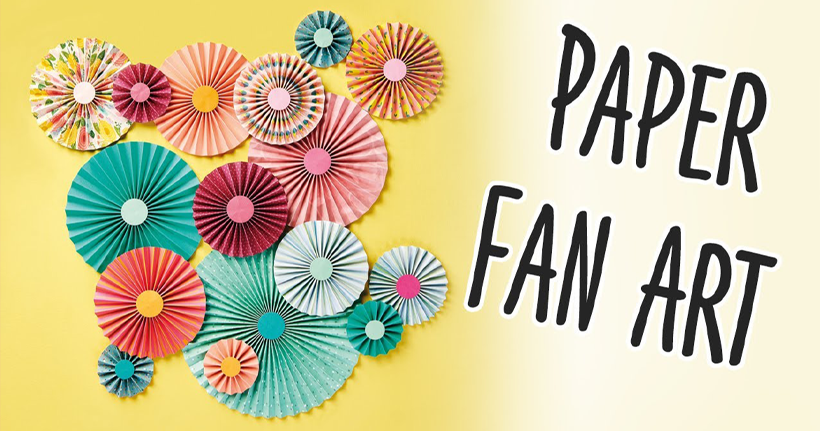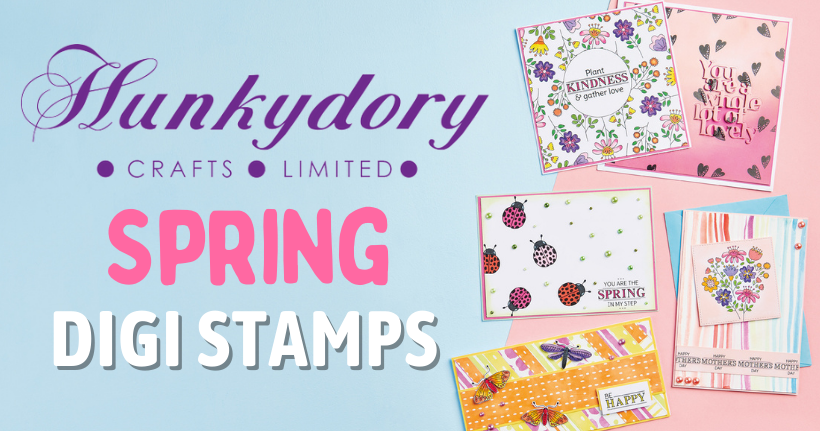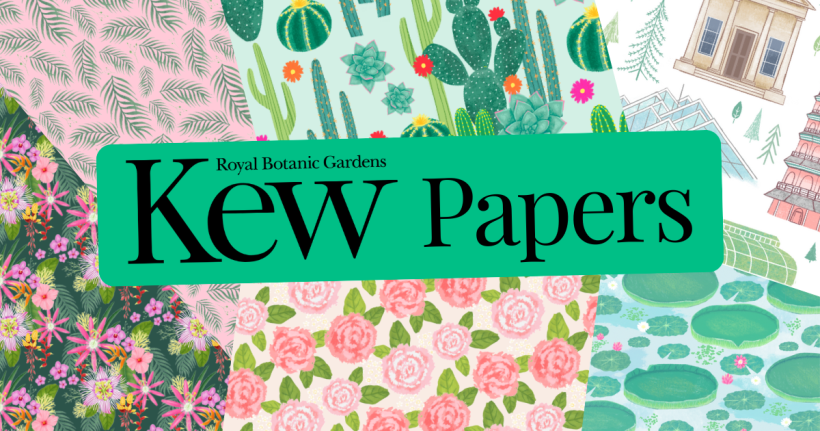Papercraft Revamping Techniques
Try our bonus projects for these pretty decorative boxes.
In our latest issue 70 (on sale Friday 28th March) we’ve gone crazy for decoupage!
If you’ve not tried it before, the premise is simple… just take a paper material of your choice and decorate an object by gluing on cut-out sections to create various ornate effects.
Small Pine Box, £4.50, Medium Pine Box £5.75, www.boxylady.co.uk, 20 Assorted Napkins, £2.99, White opaque paint, Decoupage glue (or mix 50% PVA glue, 50% water), Green washi tape, Docrafts Madame Payraud, Craft knife,
Our issue 70 comes with these pretty decoupage papers and versatile wooden shapes, so now’s your chance to try something new — don’t miss it!
You see, there are several forms of decoupage and the technique can be altered to produce a different look, as well as the materials that you choose.
In fact, all you really need is some PVA glue, water, paper and your chosen object. Alternatively, you might prefer to use specialist glues meant for this craft.
It needn’t be expensive either; whether you opt for a recyclable material like newspapers, old maps and books or photos, tissue napkins an craft papers, it’s very easy to create a special designer look that no one would think you made yourself.
So try something new today and see the projects below for the special projects that we’ve whipped up for you this month!
• For all boxes: start by lightly sanding your selected wooden boxes with sandpaper to remove any chips and to prevent splinters. Smooth over the boxes with a tissue so you can detect any rough areas where the napkin snags. Once satisfied, paint the boxes with several coats of white opaque paint and leave to dry.
• Select a napkin from your assortment with a nautical rope design or similar border to fit a small 7.5cm x 7.5cm box. You’ll need to remove the uppermost layer from a 3ply napkin, but it is easier to do this after you’ve cut out your design. Cut four borders for each side of the box.
• Once all sections are cut out and the top layer of each piece has been teased off, position them on the box and mark if necessary. Leave 1cm of space below the tissue border, apply a thin coat of glue to the box and carefully position one tissue border on top of it, ensuring the design is central.
• Use your fingertips to very lightly smooth any air bubbles from the tissue border, starting from the centre and working outwards. Leave to dry and seal with another coat of glue. Repeat this for each side, making sure the rope meets at each end to give a neat border.
• Select a pretty 3ply napkin that would make a suitable lid for a 9cm x 9cm square box. Carefully cut your napkin to this size, taking care not to tear it. Remove the uppermost layer from your cut-out and put to one side.
• Take awhite painted box and apply a thin coat of glue to the entire surface of the box lid, bearing in mind that you’ll have to apply the tissue layer in time before the glue dries.
• With care, hold the tissue layer in one hand and beginning in one corner of the box, allow it to fall down and position it in place whilst smoothing air bubbles with the fingertips of your other hand at the same time, gradually lowering the rest of the tissue onto the glued lid.
• Once the tissue is in place, smooth out any air bubbles with your fingertips, again starting in one corner and working outwards. Finish with another coat of glue and leave to dry.
• Take your white painted box and choose a complementing washi tape. Begin at the front of the box and cut lengths of washi tape for each edge of the box.
• Prevent cutting the washi tape lengths longer than each edge, as the overlap may distort the look of where two pieces of washi tape already ‘overlap’ at a right angle.
• Apply washi tape in this way to each side of the box, taking care to smooth it down with your fingertips and also at the edges where two pieces of tape meet at the join. This will make sure that the tape doesn’t come away. Seal with a thin coat of decoupage glue over the tape and around the edges.
• If your box has a lock, the washi tape border may come too close to it. If so, use a pencil to lightly mark the washi tape you wish to take away and remove with a craft knife.
Don’t forget… PaperCrafter issue 70 hits the shops on Friday 28th March!
•
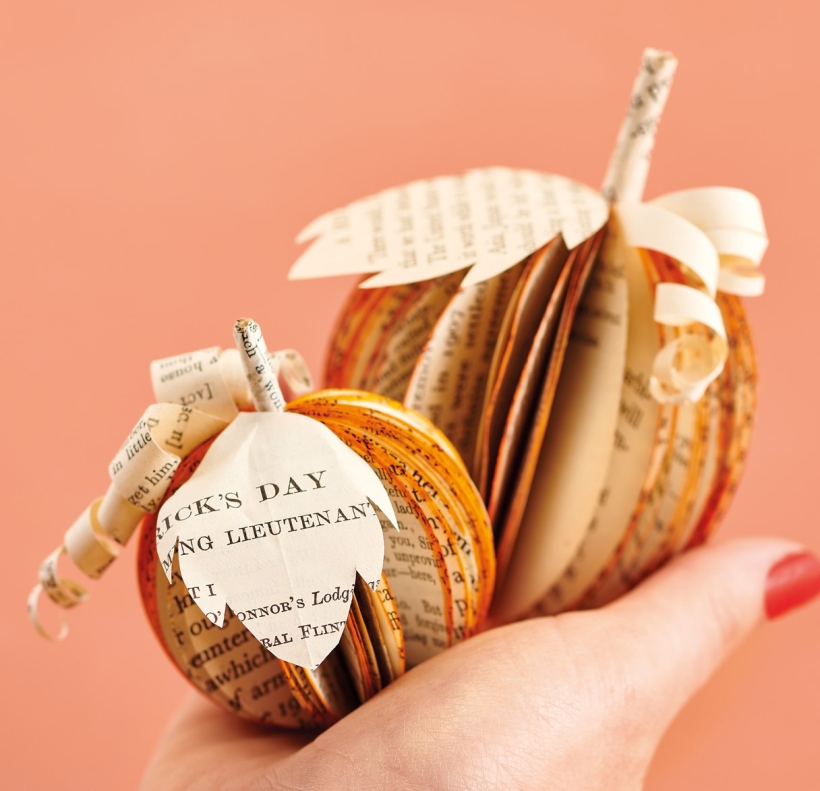
YOU WILL NEED:
Old books
Die, circle
Wooden skewer
Binder clips
Alcohol marker, orange
Adhesives: PVA glue, glue stick
Die-cutting machine
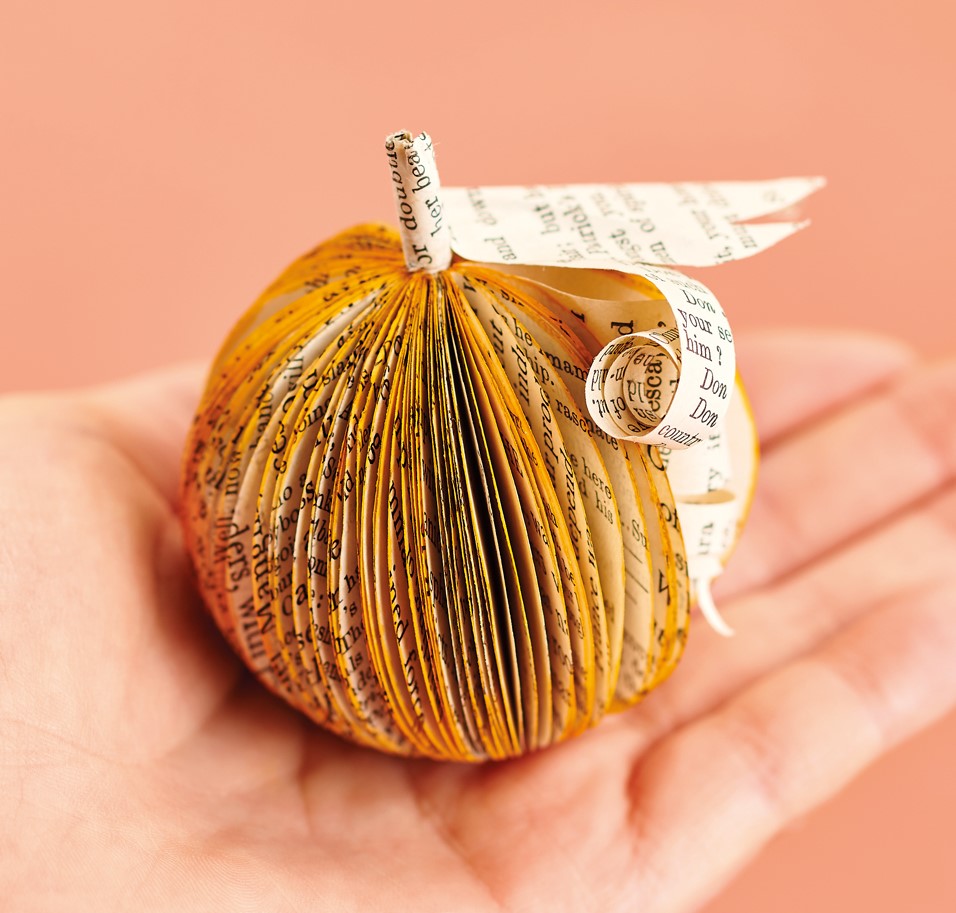
METHOD:
1. Use a circle die to cut lots of discs from book pages. Fold each circle in…
Halloween crafts Home decor Home decorations How to Papercraft Papercrafter Revamping Techniques Projects

Whilst this may look like a paper cutting that took hours to create, it really couldn’t be any easier. Our talented designer Corinne Bradd has created 15 templates for you to…
Die cutting Home decor Home decorations How to Papercraft Papercrafter Projects

You Will Need:
Templates or SVG files
Brother ScanNCut SDX1200 (optional)
Strong card
Cardstock, various colours
Jute yarn
PVA glue
Autumnal Display
1. Draw a 25cm wide circle on strong card, then draw a concentric 17cm wide circle…
Home decor Home decorations Papercraft Papercrafter Techniques

Shadow box cards, otherwise known as tunnel greetings or diorama cards, are designed to transport the recipient to picture-perfect backdrops in an instant. In this case, PaperCrafter designer Francesca Vignoli…
Birthday crafting Card making Die cutting How to Stamping Techniques Card Making
NO SPAM
Just pure crafty goodness!
YOU CAN REGISTER WITH US TODAY OR CHECK OUT THE MEMBER BENEFITS YOU CAN GET YOUR HANDS ON

Not only will you receive our amazing newsletters packed with the latest projects, exclusive giveaways and freebies, you’ll also get your hands on all of this...
View the benefits
All of our offers will be delivered straight to your inbox - they’re only a click away!
Show me the next benefit...
Get access to loads of free printables and downloads at your fingertips.
Show me the next benefit...NO SPAM
Just pure crafty goodness!
NO SPAM
Just pure crafty goodness!


